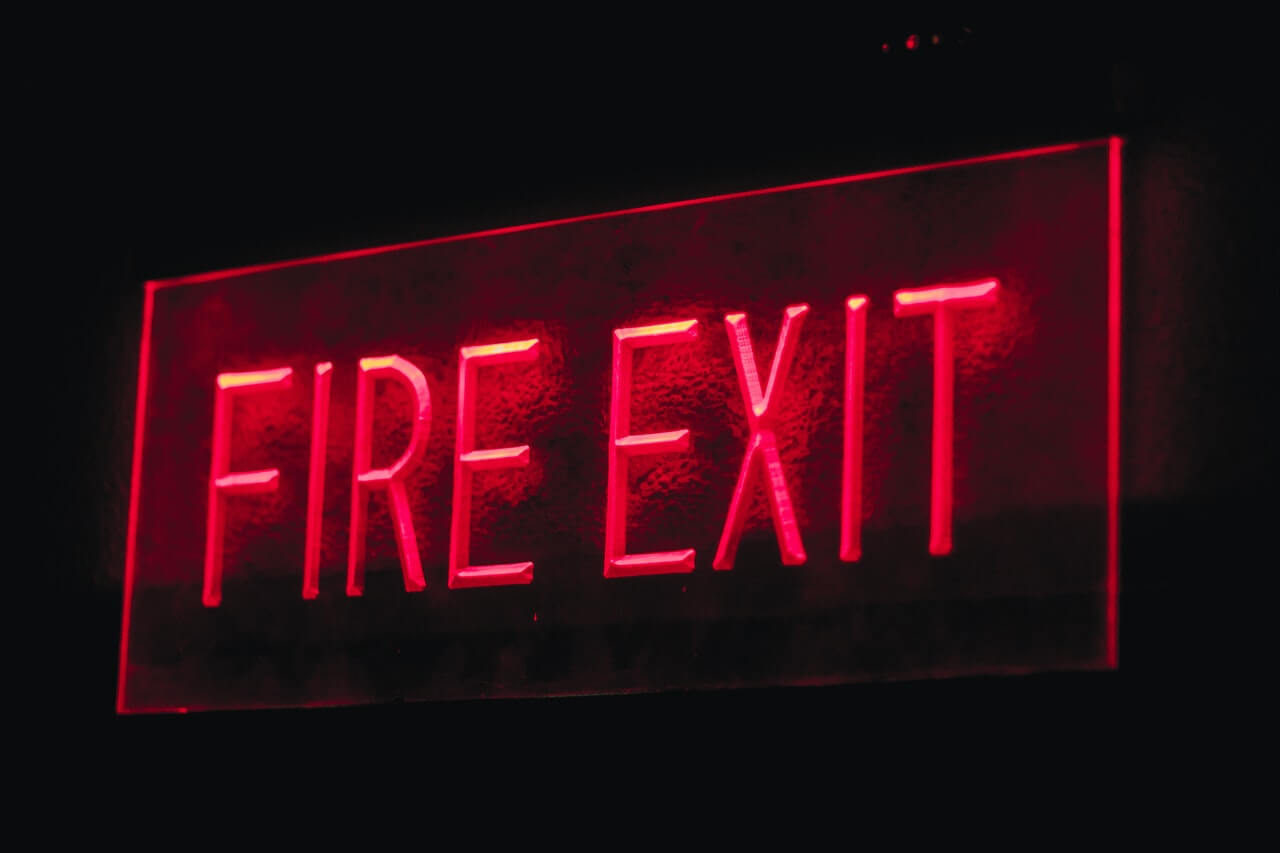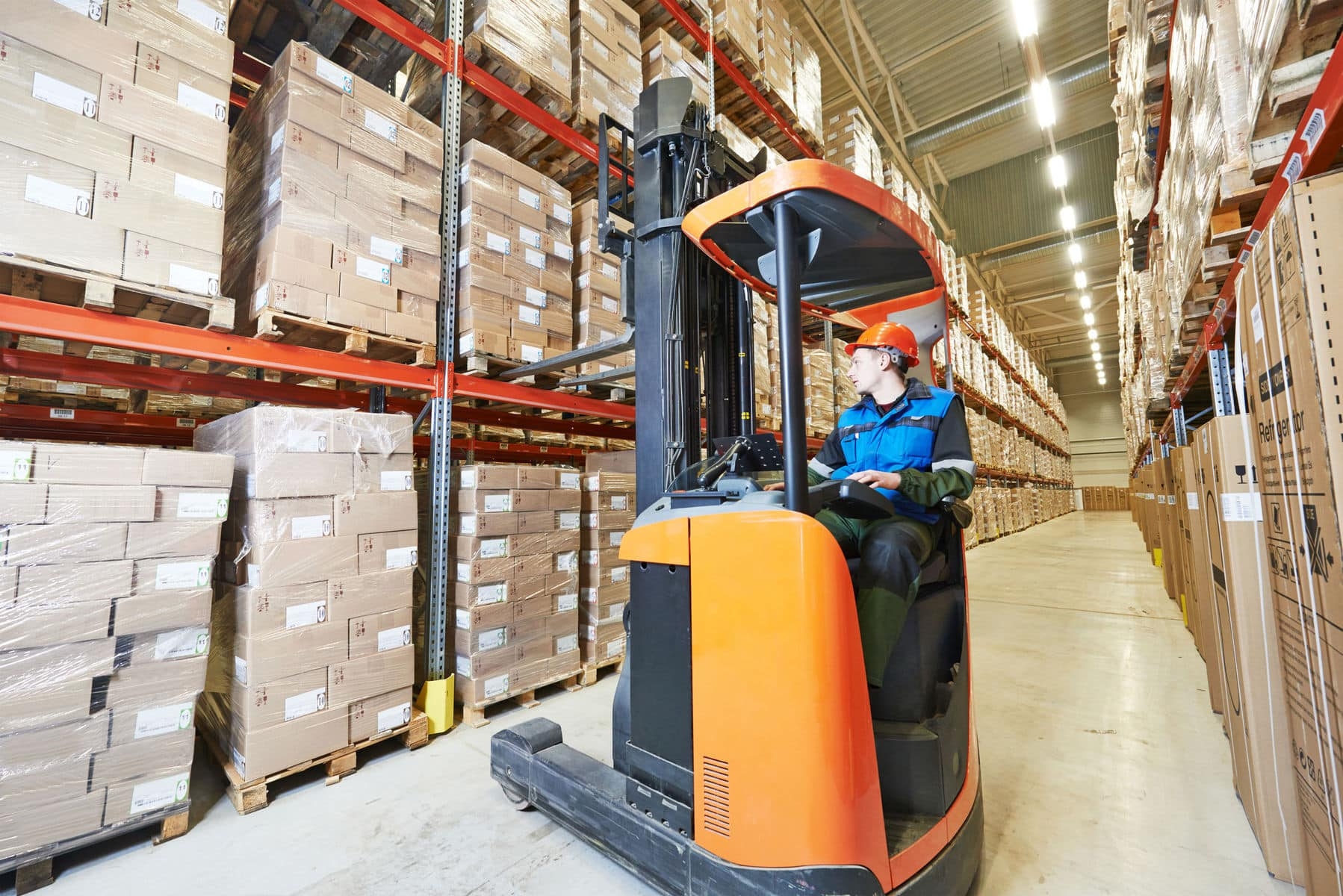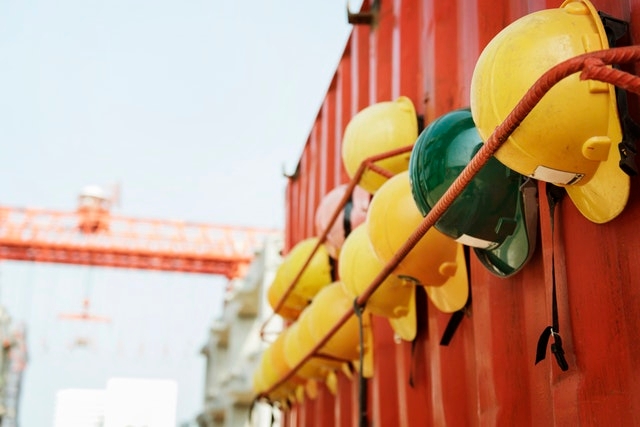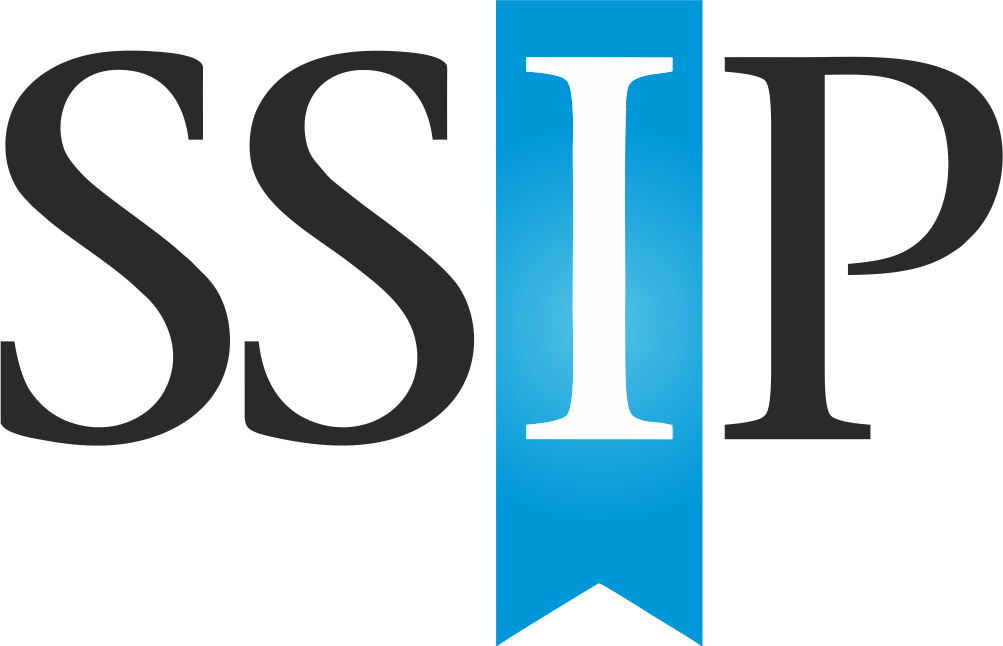
We review the key role of a fire door retainer as part of your fire safety measures, and provide practical guidance about the 2015 Code of Practice for the operation of fire protection measures.
Dorgard Fire Door Retainer Guidance
Can the Dorgard Fire Door Retainer operate at only one decibel level?
Dorgard’s react to a sound level adjustable between 65dB and 85dB, so all sounds in excess of 65dB will activate the Dorgard. This complies with BS5839 which gives 65dB as the minimum sound level for fire alarms.
In situations where the ambient noise level is above 80dB, the Dorgard has a safety feature that allows it to release automatically to all sounds above 65dB as you would probably not hear a 65dB fire alarm over the noise level in this situation. The Dorgard is also capable of being adjusted to operate to the sound of an individual fire alarm making it adaptable to any particular environment.
When a fire alarm sounds why does a Dorgard not close the door immediately?
The Dorgard only listens for a sound every 4 seconds and the sound has to be continuous for 10 seconds for it to operate. This helps to preserve the battery life of the unit and means the operation should not be delayed by any more than 14 seconds. This also compares with other similar retainers that are wired into the fire alarm system and have a built-in delay.
Is the Dorgard a fail-safe product?
In the event that the batteries reach a low voltage or the battery compartment is tampered with or opened, the Dorgard fire door retainer will automatically release its plunger, closing the door, thus making the design fail-safe. The plunger can not be used to keep the door open if there are no batteries in the unit or the batteries have no voltage left.
When the batteries are running low, an audible warning will be sounded every 17 minutes in the form of a series of beeps and a red LED will flash to warn of the depleting batteries until they are fully exhausted, removed or replaced. As part of your yearly regular fire alarm checks the Dorgard batteries should be renewed as required. The Dorgard will perform its’ built in self-test by releasing the open door every 7 days.
Is there a formal standard that the Dorgard complies with?
Dorgard complies with the new standard for low voltage hold open devices, BS EN 1155.
Will the closing of a fire door by a Dorgard affect other units by restricting the sound through the closed door?
The operation of the Dorgard, or the ability to hear the fire alarm, should not be affected provided the sound level stated in BS5839 is adhered to throughout the building. Dorgards can be adjusted if the sound level does drop slightly within performance limits.
Where to fit a Dorgard Fire Door Retainer?
Where there is a need to hold open a fire door to enable the movement and circulation of people around a building, the Dorgard can be fitted to self-closing fire doors. The building must have a fire alarm and a risk assessment carried out by the employer to check the suitability of using a Dorgard as some high risk areas e.g. kitchens, boiler rooms and doors protecting a single staircase building may not be appropriate.
If the fire alarm system fails how can Dorgard fail-safe?
Within the risk assessment for the building there should be an instruction that in the event of a failure in the fire alarm system all door hold-open devices should be deactivated, though this should be a rare event as the majority of systems have to have emergency backup power supplies which means they should continue to work in the event of a fault. A yellow Do Not Use warning label is supplied with each unit and should be placed over the unit when deactivated and can be removed once the fire alarm system is restored.
Where there is a door fitted with a Dorgard does there need to be a smoke detector sited on each side?
For the earliest detection of fire and sounding the alarm, it is better to have smoke detectors in adjacent rooms, as the Dorgard is triggered by the sound of the alarm.
Is the Dorgard suitable in sleeping risk premises?
The Dorgard can hold a fire door open to maintain the functionality of the building by allowing an uninterrupted flow of people through the building during the day and releasing the fire door to close in the evening. You can also adjust the Dorgard to automatically close at night.
Can door warping be prevented by using Dorgard?
To prevent warping Dorgard self-tests every seven days which helps to ensure the reliability and alleviate stress to the door which on doors that are wedged open for long periods of time, would cause warping. This self-testing also helps to prevent seizure of the overhead door closer by allowing it to cycle itself.
Can the Dorgard test itself?
A self-test routine is run every seven days by the Dorgard. The plunger is released, closing the door and the unit will emit a warning alarm if a fault is detected.
Does a fire alarm audibility test need to be carried out before fitting Dorgard?
As the Dorgard is an audio sensing device that can be adjusted within certain limits, it is not necessary to carry out a test before the installation. If the Dorgard cannot “hear” the alarm to respond to it the likelihood is that the alarm is not sounding at the minimum level required by BS5839 which should alert the user to a problem with the alarm system that will require remedial action. The Dorgard should be removed until the alarm has been rectified to meet the minimum sound level required by the British Standard.
When Dorgards have been fitted should employees be made aware of them?
Employees should be informed about Dorgard and instructed on its use and operation and include it in the workplace fire routine.
Will the Dorgard release automatically at night?
Yes, if set to do so. There are three timed setting options for night-time release which the installer can select prior to installation. The unit’s internal clock must be powered up at midday 12:00hrs to inform the unit what time it is. The installer then selects the setting required by activating a switch on the unit and the Dorgard will then release each night at the pre-determined time. The unit will not be operational as a door retainer until it automatically resets itself the following morning.
Fire Protection Guidance for Businesses
Fire protection measures as of 1 July 2015.
BSI, the business standards company has revised BS 7273-4:2015 Code of Practice for the operation of fire protection measures - Part 4: Actuation of release mechanisms for doors. The new document has been developed with the FIA and other bodies.
Fire doors are typically designed to be kept closed at all times so that fire and heat are contained and their spread minimised. This is achieved through use of well-engineered fire doors. However, on occasion they may be held open to facilitate convenience and/or accessibility around a building and in this situation mechanisms to hold them open, should follow BS 7273-4.
This standard relates to the engineering of fire alarm systems and in particular mechanisms to interface with fire doors and secured fire exits. It addresses safety critical arrangements that enforcing authorities rely on to ensure a building can be evacuated safely - where fire doors are held open or exits secured which need to be released by the fire alarm system.
Previously, a device local to the doors effectively switched the doors to fail safe mode and released electrically secured fire exits and closed fire doors held open on magnetic door retainers. However, this is not always the case and a truly fail safe mode is not achieved.
Therefore in some circumstances fire doors fail to satisfy enforcers that recommendations of BS 7273-4 are being met. BS 7273-4:2015 will help to clarify the expectations of users and match it to the technology available to the fire safety industry.
Anthony Burd, Head of the Construction Sector at BSI said: “Until the development of BS 7273-4 in 2007, there was no code of practice with recommendations governing the interface of fire doors and the fire detection /fire alarm system, although there was guidance for the devices themselves.”
He continued: “Imagine not having the security of knowing that a fire was contained because the doors had not gone into fail safe mode. Crucially, this revision gives fire safety enforcers the criteria for fail safe operation, and the standard goes even further by defining three different categories of actuation – ‘Critical, ‘Standard, and ‘Indirect’, each of which has a set of criteria for fail safe operation under defined conditions.”
Key Changes to BS 7273-4
- Text has been shortened and simplified to make the standard more straightforward to use. Some of the commentary has been moved to new informative annexes and some of the previous text has been tabulated.
- The diagrams relating to the location of smoke detectors in relation to electrically held-open fire doors have been revised. This is intended to make the recommendations clearer and to remove possible confusion where a single diagram has been used to convey several principles applying to detector siting and spacing.
- There have been changes in terminology to assist users of the standard. The designations, A, B and C for categories of actuation are now referred to as ‘Critical’, ‘Standard’ and ‘Indirect’.
- The guidance in BS 7273-4:2007, Annex A of the previous standard is now normative and, therefore, the standard includes recommendations (in tables in Annex B of this version) as to which category of actuation is appropriate for a particular application.
Make fire safety a priority in your business. Speak to our Health and Safety Consultants today for specific guidance about the fire door retainer needs for your organisation.






